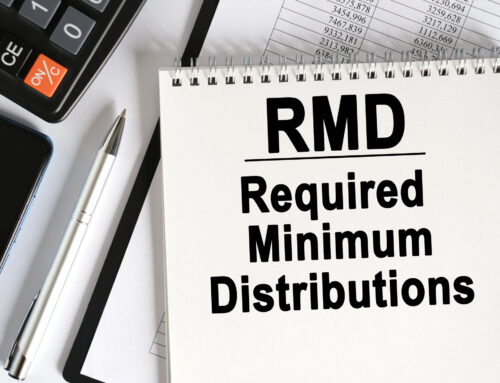Optimizing your retirement savings takes more than just making sure your IRA isn’t at risk in this market. There are rules and regulations that can help you avoid higher taxes and penalty fees and help you structure your income to minimize taxes. Know these 3 ages that can help you get the most out of your retirement accounts.
Take Catch-up Contributions at 50
At age 50, workers with certain qualified retirement plans can make annual “catch-up” contributions in addition to their normal contributions. In 2022, you can contribute up to $6,000 to an IRA if you are under 50 and an additional $1,000 if you are 50 or older. Those who are 50 or older and participate in a Simple IRA or Simple 401(k) plan can contribute up to $17,000 per year for 2022. Those 50 and older can contribute an additional $6,500 to a 401(k), 403(b), most 457 plans, and a government Thrift Savings Plan in 2022 for a total of $27,000.1
Qualify for Penalty-Free Withdrawals at 59.5
Age comes with benefits. Once you reach 59 ½, you can withdraw from your IRA or old 401(k)s without penalty. If you are retired or have terminated employment and still have funds in your 401(k) plan, you can access them at age 59 ½ and pay no early withdrawal penalty tax. If you have rolled your 401(k) funds into an IRA, the rules are the same.2
Age 59½ is the earliest you can withdraw funds from an IRA account and pay no early withdrawal penalty tax. If you are still working, you can access funds from an old 401(k) plan once you reach age 59½, but you may not have the same access to funds inside the 401(k) plan at the company for which you currently work. Check with your 401(k) administrator to see if your plan allows what is called an “in-service” distribution at age 59½. Some 401(k) plans allow this, and others do not.
Required Minimum Distributions at age 72
As of 2020, the SECURE Act changed the age at which Required Minimum Distributions begin from 70½ to 72. RMDs apply to qualified retirement plans such as 401(k)s, 403(b)s, Profit Sharing plans, Money Purchase Pensions, IRAs, Simple IRAs, and SEP IRAs.3 Now, many retirees have more time to let their retirement savings grow tax-free. RMDs are the minimum you are required to withdraw each year, and you can always withdraw more than that amount.
However, some retirees would prefer to withdraw less than they are required to. Withdrawing more from a traditional retirement account could mean a higher tax burden and an end to tax-free growth for the withdrawn funds. If you forget to take an RMD, it’s going to cost you. There is a 50% penalty based on the RMD you were supposed to take.4 RMDs are based on the total balance of all your IRAs, 401(k)s, and other traditional retirement plans as of December 31st of the previous year.
If you have questions about how to optimize your retirement accounts to minimize taxes and maximize your retirement savings, Click HERE to talk to us at Zinnia Wealth Management for a complimentary review of your financial plan.







